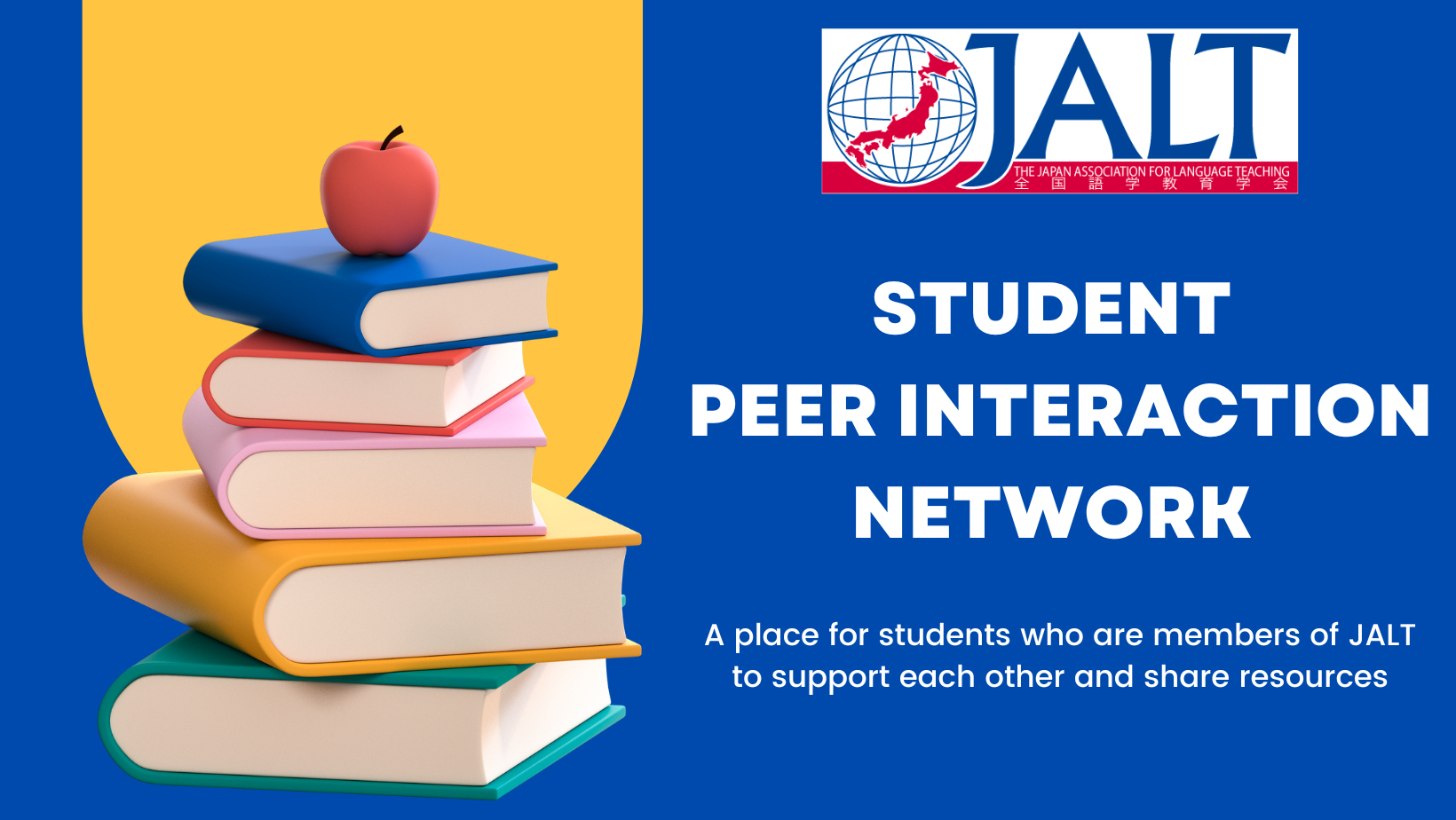Speaker
Abstract / Bio
In TESOL’s Direct Teaching Method (DTM), which emphasizes immersion in the target language through spontaneous communication, forms the foundation of pedagogical experience. The TESOL teacher training by International House Sidney focused on active student participation, oral communication, and vocabulary acquisition through contextualized, real-world examples, allowing students to develop language proficiency in an engaging and naturalistic manner.
A more traditional approach, the Grammar Translation Method (GTM), prioritizes explicitly teaching grammar rules, vocabulary memorization, and translation exercises between the target language and the native language. It might suit Japanese learners of English in a certain way, but it prompted reflection on the contrasting efficacy of these methods in language acquisition.
This presentation explores the strengths and limitations of both the GTM and DTM in relation to student engagement, linguistic accuracy, and long-term language retention. While GTM is particularly effective for enhancing reading comprehension and writing skills, DTM tends to strengthen oral communication and speaking abilities. Both do give advantages for Japanese learners of English, but more focus will be towards DTM. It can be argued that Japanese learners of English need more support in improving their oral communication skills.
From the university classes that I joined, American Literature Class and British Literature Class, I sensed awkwardness, hesitation, and struggles from Japanese students when the lecturer requested students to use English during discussion.
This presentation will compare the benefits and limitations of DTM and GTM, emphasizing DTM's focus on immersion, communication, and vocabulary acquisition. While GTM aids reading and writing, DTM is argued to better address the oral communication challenges Japanese learners face. I will also share my observations of Japanese students struggling with spoken English in university discussions, stressing the need for improved oral communication skills in language teaching.
Olivia Winata Saputra is a second-year Master's student in Linguistics at Hiroshima Prefecture University. She has research interests in Grammar, TESOL Direct Teaching Methods, and Extended Reading. Originally from Indonesia, she moved to Singapore for further studies. Olivia has eight years of English teaching experience in Japan, working with diverse student age groups.
| Presentation Title / 発表タイトル | Reflections on Grammar Translation Method and Direct Teaching Method |
|---|---|
| Where are you currently studying? / 学校名(全員) | Prefecture University of Hiroshima |
| What type of student are you? / 当てはまるものを選んでください | Full-time MA 全日課程修士学生 |

